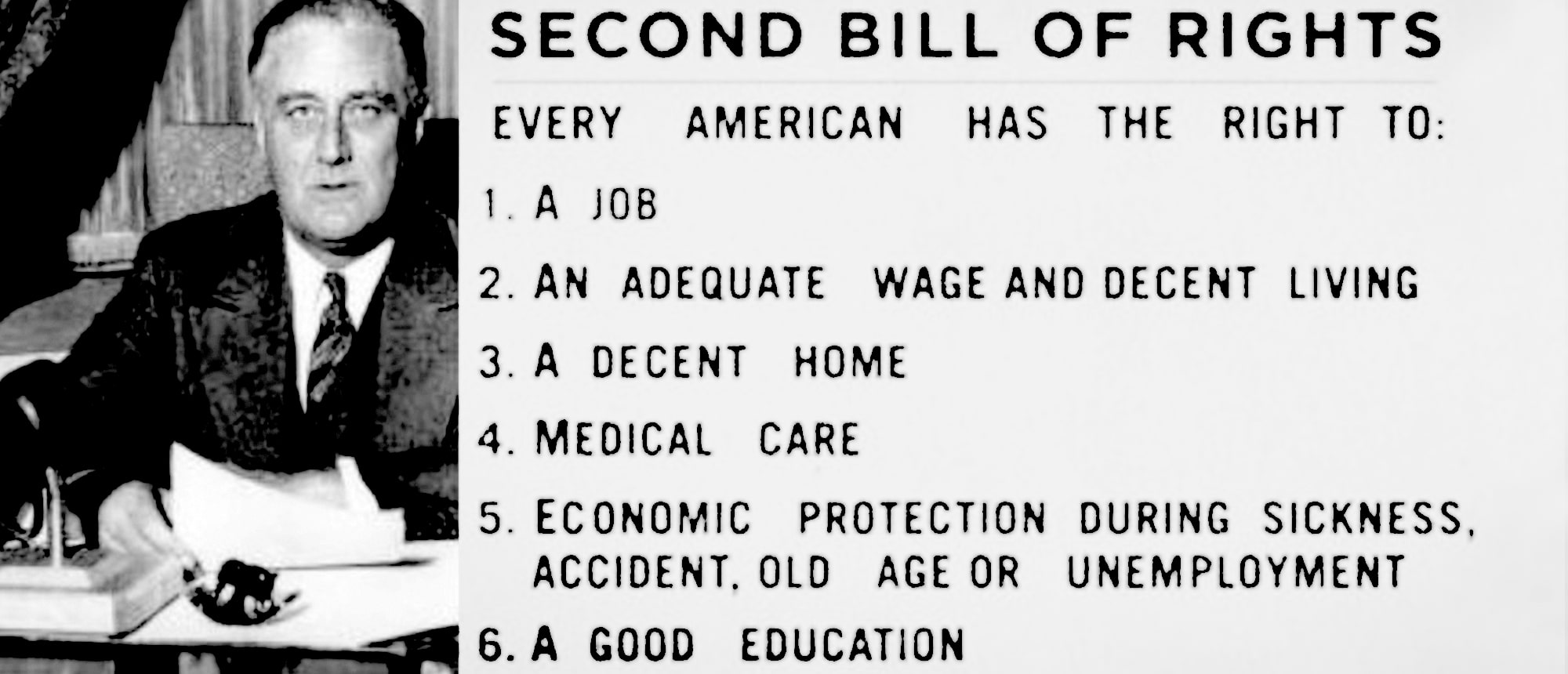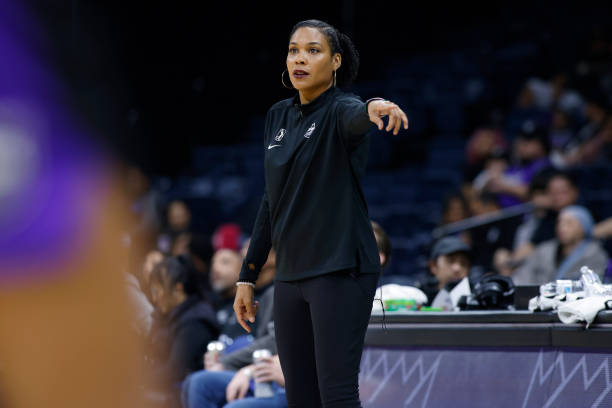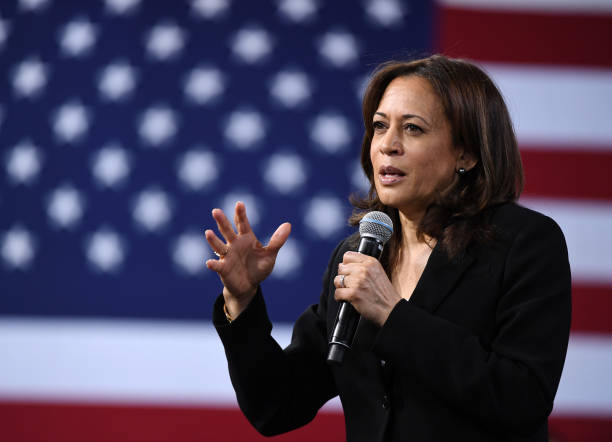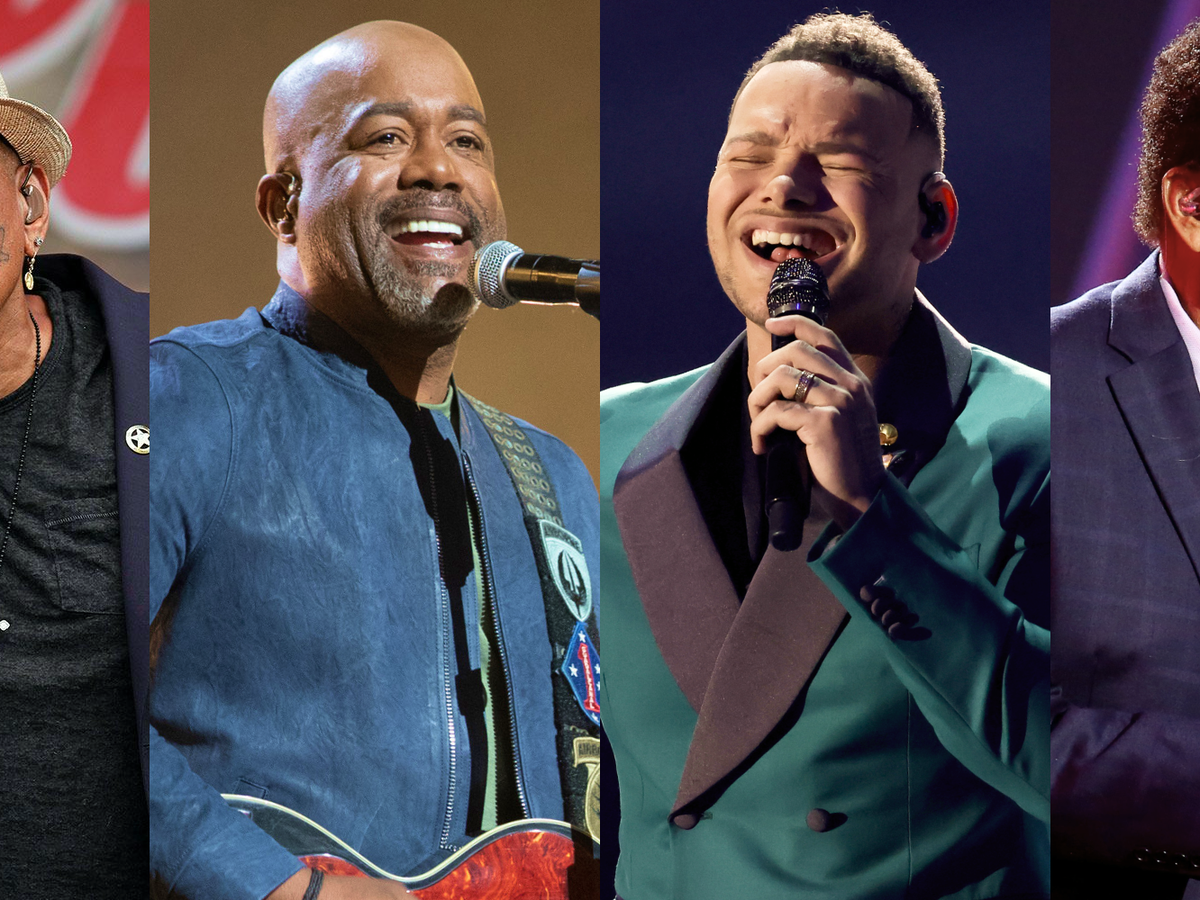(ThyBlackMan.com) In regards to higher education, the worst hurdle students of color face is acceptance. I am not referring to social acceptance from other students, but college admission acceptance. They can barely even make it into a higher education institution, much less an elite and prestigious Ivy League college. In an article titled “Ivy League Fooled: How America’s Top Colleges Avoid Real Diversity,” the author explains what she labels the “Ivy League’s dirty little secret.”
She says, “(W)hile America’s most elite colleges do in fact make it a point to promote ethnic diversity on their campuses, a lot of them do so by admitting hugely disproportionate numbers of wealthy immigrants and their children rather than black students with deep roots – and troubled histories – in the United States.”
Therefore, as the author notes, the problem is not that a large number of black immigrants are entering Ivy League campuses, but that these wealthy African immigrants were not a part of the struggles that native blacks had to endure to be admitted to these campuses. The author argues that the disproportion between African Americans and wealthy African immigrants in Ivy League campuses calls into question the effectiveness of America’s Affirmative Action programs. For example, African immigrants, primarily from Nigeria and  Ghana, make up less than 1% of America’s total population. Yet, according to studies from Princeton and Penn State University, first and second generation black immigrants make up 41% of all black students in Ivy League schools.
Ghana, make up less than 1% of America’s total population. Yet, according to studies from Princeton and Penn State University, first and second generation black immigrants make up 41% of all black students in Ivy League schools.
 Ghana, make up less than 1% of America’s total population. Yet, according to studies from Princeton and Penn State University, first and second generation black immigrants make up 41% of all black students in Ivy League schools.
Ghana, make up less than 1% of America’s total population. Yet, according to studies from Princeton and Penn State University, first and second generation black immigrants make up 41% of all black students in Ivy League schools. The author is not disagreeing with the overall acceptance of immigrant African students, but she is criticizing the fact that native blacks cannot get into these colleges at the rate of the African immigrants. Essentially, the author believes it is unfair for these native black students to not be accepted because they are not financially wealthy. Overall, colleges have found a loophole in racial discrimination when considering college acceptances.
Instead of discriminating against these students for being black, native black students are essentially discriminated upon based on their income, financial wealth and their denial of a decent primary and secondary school education. Similarly, Asian-Americans are also being discriminated against. In “Asian-Americans in the Ivy League: A Portrait of Privilege and Discrimination,” Palash Ghosh explains that in 1996 California passed a proposition that acceptance into public colleges must be completely and entirely race-blind. “A direct consequence of this was that the percentage of Asian-Americans at universities like Berkeley, UC-Irvine, and UCLA immediately skyrocketed,” said Stephen D.H. Hsu, a professor at the University of Oregon, reaching nearly 50%.
However, in the past ten years, the percentage of Asian-American students admitted to Harvard has only risen 3.7%, from 14.1% a decade ago to 17.8% in 2011. If compared to the nearly 50% of Asian-American students in colleges in California that adhere to completely racially blind admission methods, it is evident that Ivy League institutions are filtering out Asian-American students. Ivy League and elite universities allow race to be a factor when granting admissions, they all “sort of magically end up with under 20% Asian students,” says Hsu. Hsu is correct in this observation, and it is disappointing, because as previously stated, Asian -Americans are the highest scoring ethnic group on the SAT’s, and therefore instead of being rewarded for their hard work, they are punished.
In “Competitive Disadvantage,” an article by Jon Marcus, the author further illustrates this discrimination towards Asian-Americans through Grace Wong’s story. Grace Wong, a scientist who develops medicinal therapies, is a Chinese immigrant who experienced discrimination and racism in America. Based on her own experiences, she changed her son’s last name to one that did not sound Asian in an attempt to protect him from experiences similar to hers. Her son a student in good standing at a top suburban high school, yet when it came time for him to apply to college, Wong’s worries arose again. As Hsu states, “It’s both true that Asians are overrepresented and that they’re being discriminated against. Both things can happen at the same time.”
Similar to the native black students, Asian-American students are being discriminated against because of their intellectual capacities. Thomas Espenshade, a Princeton sociologist, notes that Asian-American students must score an extra 140 points above their average SAT scores to compete “equally” with white students, who score less than Asian-Americans but are still accepted into Ivy League institutions.
Elite higher education institutions boast ethnic diversity when all they seem to have done is group all ethnicities of African descent into a label called “black.” By accepting the wealthiest in the melting pot, these colleges release inaccurate statistics of their campus’s diversity. Likewise, Asian-Americans are being scrutinized for their hard work and educational success. Instead of being admitted into the best higher learning institutions, their enrollments are controlled to keep their numbers at a quota. Evidently, blacks and Asian-Americans must be extra ordinary to be labeled as ordinary.
Staff Writer; Sonnelys Nuez




















This is just plain economics. The Iveys are simply looking for the best bang for the buck – most diverse, yet highly well rounded students.
The Asian students are mostly seen as diligent, hardworking..etc, but not creative. They also do not tend to mingle much with other students. So the Iveys would most likely go for only those Asians who perform extraordinarily in academics.
Secondly, admissions would prefer African students over native African American students, because African students simply have much stronger academic backgrounds, come from families with strong emphasis on academics, and many of them also tend to have stories which indicates a greater deal of resilience and ability to overcome adversity. You simply cannot compare an African guy who has to walk miles to attend a poorly equipped school, go herding cattle in the forest in order to overcome poverty, with an African American student DC who has more access to amenities.
Thirdly, middle class white Americans are also discriminated against by admissions in one way or another. Middle class white Americans lack that edge that makes a student stand out……they are seen as coming from a privileged background etc etc.
African Immigrants went through more struggle ain’t they??
That’s not really discrimination..
IN fact queen Elizabeth took away kingship from people in Africa..
also in fact.. those immigrant blacks are BLACKER.. than black Americans..
if you think that is discrimination you must be nuts..
@TruthfullySpeaking: Thank you for your comment, I could have NEVER said it any better 🙂
Pam, God Bless and Keep U and may you never be fruitful and multiply because the world could use one less ignoramous such as yourself!
There’s no way anyone with a brain is suggesting that the Ivies or other elite private universities start accepting what passes for high school graduates from your typical American segregated ghetto-trash urban public school, are they?! They can barely read, write, do basic math, spell, or construct a proper sentence. What next, should the Ivies and the other elites make the ACTs and the SATs optional the way some of the worst-performing State universities already do? Yale, Harvard and Princeton have essays, require recommendations and recommend an in-person interview for a reason. Most of what barely passes from ghetto high schools barely belongs in community college, let alone the Ivies.
You’re completely ignoring the basic educational difference between the “typical” black American due to segregation in the school systems, versus black people in countries where everyone is black so there’s no segregation of blacks into only the worst schools. African and West Indian blacks don’t come from ONLY the worst schools where being smart and college-bound is considered “acting white” and makes one fear for their very safety walking home from school in broad daylight. In other countries black girls aren’t kept in the worst neighborhoods where it’s not likely they’ll get through their teenaged years without being raped on their way to or from school on a regular basis, resulting in teen pregnancy which they then have been raised not to believe in terminating for the greater good of their education and future. You’re completely ignoring the fact that the Ivies recruit heavily their blacks from countries where life isn’t the way it is for blacks here.
It just so happens that anyone of any color who is brought up the right way to be Ivy League material, can and will get in. If you were raised in college prep schools in good, safe neighborhoods and didn’t spend your teenage years doing things that would land you a juvenile record then you’re a shoe-in for the Ivies (with the right grades, extracurricular activities and recommendations along with high enough ACT or SAT scores, of course). All of that is color-blind. Anyone who grows up the right way and does all the right things can get into the right college…..it’s what comes after college that’s anything but color-blind, not college admissions.
Peace Jay. Part of the problem is that the “diversity” model was, in fact, a retreat from the aims and objectives of the Civil Rights Movement. The original intent of Affirmative Action was not “diversity” but rather compensating for centuries of anti-black American discrimination in the USA (cf. similar programs in South Africa and Brazil). That said, as a pan-Africanist, I believe that there needs to be a remedy that doesn’t pit native-born African Americans against our African cousins. kzs
@ Steph: Thank you for your comment & your support. I truly appreciate it.
@ Dr. Lewin: Thank you for clarifying a few of my points.
@Jay:Perhaps I failed to specify or you failed to understand that I am in no way arguing in favor of native African American discrimination.But I do believe that since society is preconditioned to accept this discrimination,you would expect the IvyLeagues to take this route,although that doesnt mean it would be right.I am not discouraging that immigrant African students be admitted into these institutions,I am emphasizing that their high rate of acceptance causes native African Americans to be discriminated against for their lack of access to the financial resources that a wealthy African immigrant may have.And no,I dont believe that affirmative action should simply mean diversity for native African Americans,aafirmative action should mean diversity for ethnic groups outside of white privelege,who have to walk an extra 10 miles to have the advantages that whites have for simply being white.
your words are marvelous
the way you wrote this article shows that u are an incredible writer.Congradulations
Ms. Nuez is to be highly commended for bringing to light some little known facts about admission policies in American higher ed. By the way, Ms. Nuez, is not African American or African or Asian. She is simply reporting the facts. It would be a shame if people of color turn on each other now that these facts are brought to light. Can we not see the bottom line? Many, not all, but many whites argue against Affirmative Action saying that deserving whites are being denied admission, but they are silent about Asians being passed over.
Jay, the reason why high scoring Asians are discriminated against is the same reason African Americans are denied admittance. They interfere with “white privilege.” The author Tim Wise, who happens to be white, notes that the number of whites on elite college campuses who do no meet admission requirements dwarfs by far the number of Blacks admitted through
Affirmative Action. These whites are admitted through political connections and because their parents attended these institutions.
Also, Jay, she says point blank that she is not against foreign born Blacks being admitted. She is only pointing out that African Americans are not being admitted.
Finally, you’re arguing for discrimination perpetrated against Asians where they have to score 140 above their average. What do native African Americans have to score? What do foreign-born Africans score? Don’t lump a high hurdle rate with the plight of beneficiaries of affirmative action.
What is troubling about this article is that the author is arguing for another form of discrimination, that is, domestic (native) African Americans vs immigrant African students. While Ms. Nuez may be also be attempting to argue an equivalence between the hurdle in admissions for Asian Americans with African Americans (this point is weak at best as one has a high hurdle vs. Asian peers while the other has more malleable hurdle vs. everyone in the data set), the point that really stands out from her article is her argument that affirmative action programs are being utilized for the wrong purpose or side-stepped. I find this point to be confusing. If affirmative action proponents (I suspect she is one) argue that that it is in the interest of diversity, then what could be more diverse than having a non-Native African at an Ivy League campus? What, just because they come from a wealthy Ghana or Nigerian background that should preclude them from participating in higher education at an Ivy? And so what if they make up 41% of the black admittees despite representing just 1% of the population (btw, this sort of statistic is completely useless w/o putting into context the % of blacks that are actually eligible for an Ivy League degree). Perhaps Ms. Nuez should admit that affirmative action programs are not necessarily about diversity, but rather as she argues, diversity for only native African Americans – then let’s call it what it is – discrimination of the highest order, not based on aptitude, ability, or even potential.